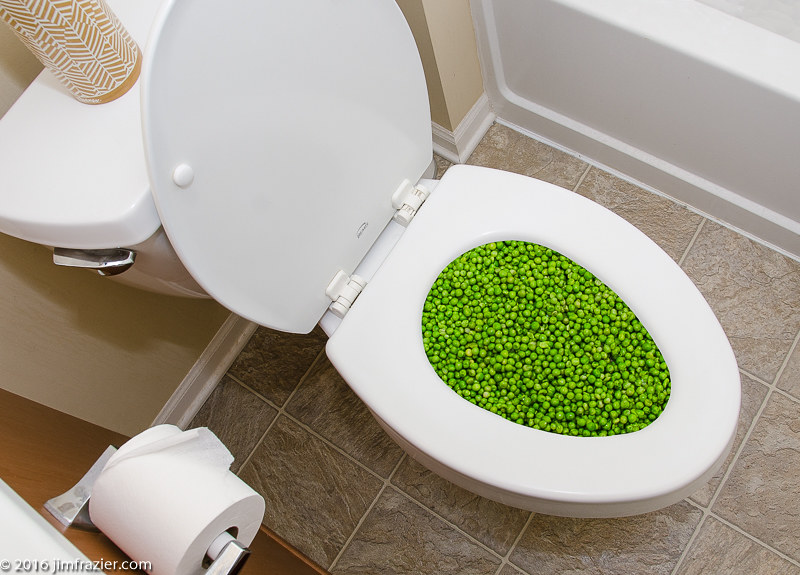Can One to Dispose of Food in the Toilet?
Can One to Dispose of Food in the Toilet?
Blog Article
The author is making a few great points on the subject of Is it safe to flush food (especially rice) down the toilet? overall in this great article below.

Introduction
Many people are usually confronted with the dilemma of what to do with food waste, especially when it pertains to leftovers or scraps. One common concern that arises is whether it's all right to purge food down the bathroom. In this short article, we'll delve into the reasons that people could think about purging food, the repercussions of doing so, and different techniques for correct disposal.
Reasons why people may consider flushing food
Absence of understanding
Some individuals may not recognize the potential damage triggered by purging food down the bathroom. They may erroneously think that it's a safe method.
Comfort
Flushing food down the toilet might feel like a fast and simple service to disposing of undesirable scraps, particularly when there's no close-by garbage can available.
Negligence
In some cases, people might just pick to flush food out of sheer negligence, without taking into consideration the repercussions of their activities.
Effects of flushing food down the bathroom
Environmental influence
Food waste that winds up in rivers can contribute to pollution and damage water communities. Furthermore, the water made use of to purge food can stress water resources.
Plumbing issues
Flushing food can lead to blocked pipes and drains pipes, creating pricey pipes repair services and aggravations.
Sorts of food that must not be flushed
Fibrous foods
Foods with coarse structures such as celery or corn husks can get entangled in pipes and create clogs.
Starchy foods
Starchy foods like pasta and rice can soak up water and swell, bring about obstructions in pipelines.
Oils and fats
Greasy foods like bacon or food preparation oils should never be flushed down the bathroom as they can solidify and cause clogs.
Proper disposal techniques for food waste
Using a waste disposal unit
For homes geared up with waste disposal unit, food scraps can be ground up and flushed through the plumbing system. Nevertheless, not all foods are suitable for disposal in this way.
Recycling
Specific food packaging materials can be recycled, decreasing waste and lessening environmental effect.
Composting
Composting is an eco-friendly means to throw away food waste. Organic materials can be composted and used to improve soil for horticulture.
The relevance of appropriate waste management
Decreasing ecological harm
Appropriate waste management techniques, such as composting and recycling, help decrease contamination and maintain natural resources for future generations.
Shielding plumbing systems
By avoiding the method of flushing food down the bathroom, homeowners can stop pricey pipes repairs and maintain the stability of their plumbing systems.
Verdict
In conclusion, while it might be appealing to flush food down the bathroom for comfort, it is essential to comprehend the potential consequences of this action. By taking on correct waste administration practices and disposing of food waste sensibly, people can contribute to much healthier plumbing systems and a cleaner environment for all.
FLUSH FOOD DOWN THE TOILET?
FLUSHING FOOD CAN CAUSE BLOCKED DRAINS IN YOUR HOME
All of the plumbing fixtures in your home are connected to the same sewer pipe outside of your home. This outdoor sewer pipe is responsible for transporting all the wastewater from your home to the Council sewer mains. Even small pieces of food that go down the kitchen sink can cause problems for your sewer. It should therefore be obvious that flushing larger bits of food, such as meat, risks a clog in either the toilet itself or the sewer pipes. Flushing greasy food is even more problematic because oil coagulates when it cools, coating the interior lining of your pipes.
THE TOILET IS NOT A BIN
Food isn’t the only thing that people shouldn’t be flushing down the toilet. People use the toilet to dispose of all kinds of things such as tampons, makeup wipes, dental floss, kitty litter and even underwear. Water goes to great lengths to educate residents about the high costs and stress placed on wastewater treatment systems simply from people flushing the wrong stuff down the toilet. It costs taxpayers millions of dollars each year, and homeowners thousands in blocked drain repairs.
FLUSHING FOOD IS A WASTE OF WATER
Flushing food is a waste of our most precious resource - water. In June this year Level 1 water restrictions were introduced to protect water supply from drought conditions. Much of New South Wales continues to be affected by prolonged drought with recent figures revealing up to 97 per cent of the state remains in drought. Depending on whether you have a single or dual flush toilet, every single flush uses between five and 11 litres of water. In the current climate this is a huge amount of water to be wasting on flushing food that should be placed in the bin (or better yet, the compost).
https://www.jabplumbingsolutions.com.au/blog/can-you-flush-food-down-the-toilet

I hope you enjoyed our section about Think Twice Before Flushing Food Down Your Toilet. Thanks for finding the time to read our article. Sharing is good. Helping others is fun. Thanks a lot for taking the time to read it.
Visit My Site Report this page